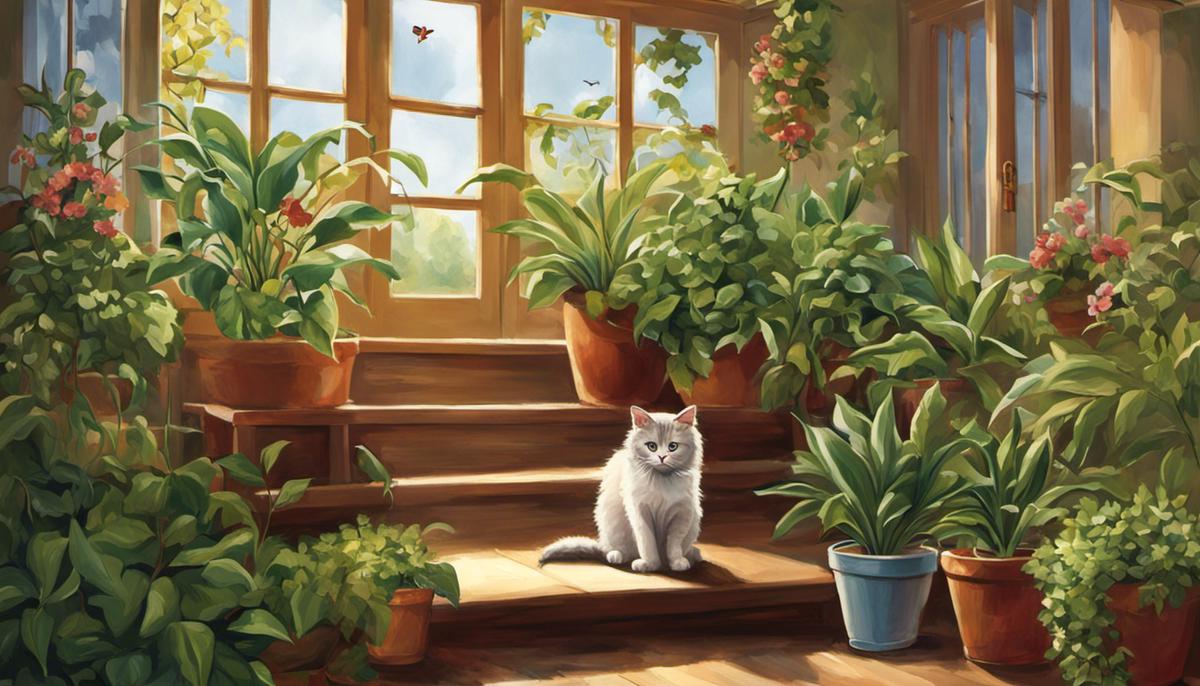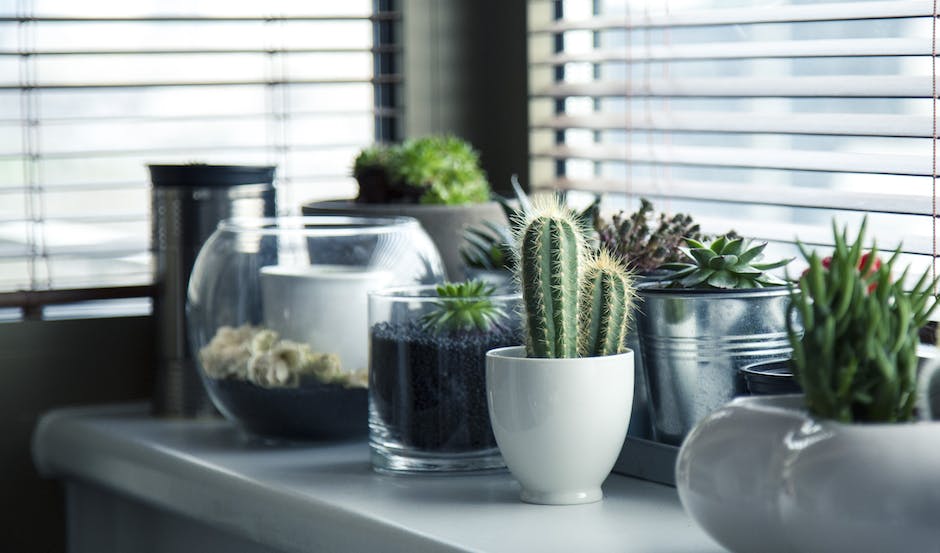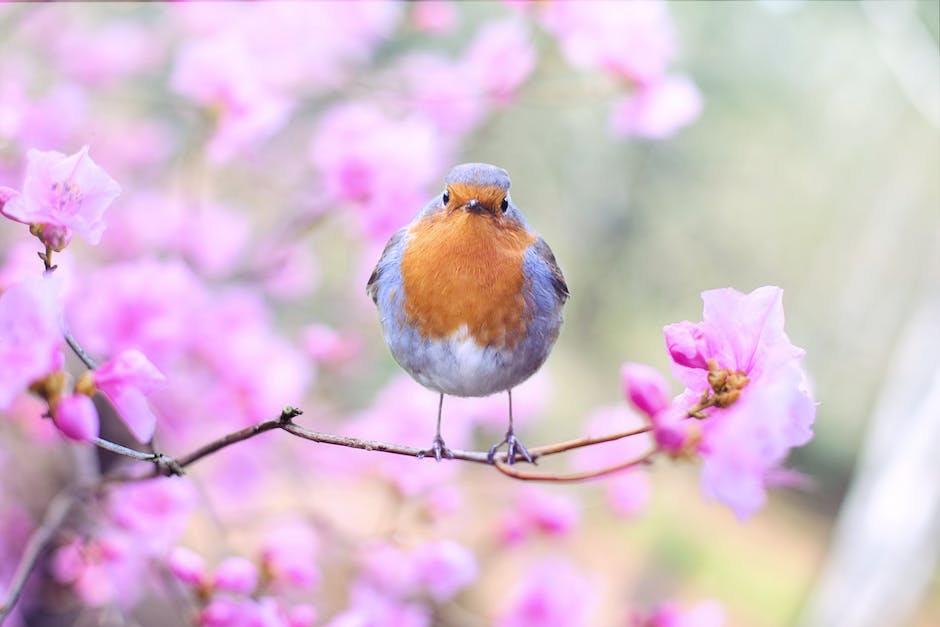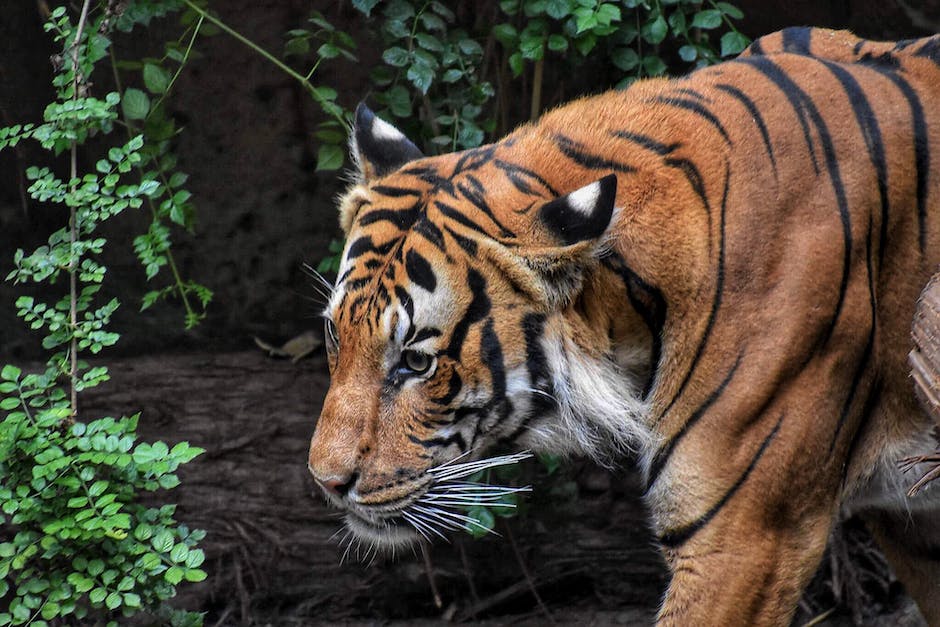Protecting Plants: Keeping Cats Away

Cats can be inquisitive, playful and often, up to no good when it comes to cohabiting with plants. Whether you own an indoor potted plant oasis or a lush backyard garden, navigating the complex dynamic between feline delight and plant preservation can be a challenge. This document explores the somewhat tenuous relationship between cats and plants, delving deep into understanding the underlying behaviors that motivate cats to gravitate towards greenery. Additionally, we shed light on various safe and practical measures you can adopt to protect your beloved plants from your furry friend’s playful antics.
Understand Cat Behavior
Cats and Plants: Understand the Feline Attraction and Keep Your Greenery Safe!
Attention fellow family builders and precious pet parents! This chat is all about the tantalizing twosome – cats and plants. Yes, cats are found nosing around plants quite often. While it may initially seem like a cute, endearing habit, it’s critical to understand why our feline friends are drawn to our houseplants and how this knowledge can help us prevent any potential harm.
Cats are nimble creatures with sharp instincts that are usually on the prowl, keeping themselves engaged with interesting objects around them. This curiosity tends to spike especially when there are plants around. Multiple factors influence this fascination. Let’s dive deeper into understanding these factors.
Aroma
Plants, with their distinct, fresh scent, can act as an olfactory playground for cats. Particularly because cats have a heightened sense of smell, this aroma can become incredibly appealing.
Texture
Cats simply love to explore different textures, and plants offer that in abundance. The crunchy leaves, the smooth stems, and the rough underbellies of leaves can be irresistible.
Playfulness
The swaying leaves invoke the predatory instincts in cats, making them excellent moving targets to bat at, pounce on, and chew.
Now that we’ve understood this feline fondness, how can we use this knowledge to keep them at bay?
Understanding Toxicity
Many common houseplants can be toxic to cats if ingested. Conduct a quick research to ensure the plants you bring home are safe for your furry friend. Some cat-friendly ones include Spider plants, Areca Palm, and Boston Ferns.
Creating Boundaries
Physical barriers around the plants or placing them in high, unreachable areas can dissuade cats’ interaction with your plants.
Plant Alternatives
Growing cat grass or catnip at home can provide a healthier, safer alternative for your cat to engage with.
Distraction Techniques
Interactive toys or puzzle feeders can keep your cats entertained and curb their interest in plants.
Regular Playtime
Engaging your cats in regular play can drain their energy and reduce their fascination with plants.
Remember, every cat is unique and while all these tips can be beneficial, what works best for your cat may require a bit of trial and error. Here’s to creating safe spaces for our furballs to roam and our indoor garden to flourish without the worry of potential harm!

Safe Deterrents for Cats
Title: Go Green: Keeping Your Plants Safe from Cats, Naturally!
Yes, indeed! Cats are oh-so-adorable, aren’t they? But, this love can swiftly turn into a tug of war when you discover your furry friend munching on your prized greenery. As you’ve learned, no two cats are alike, and our strategies need to consider their unique personalities. Let’s explore some other natural solutions you can use to deter their interest in your plants without causing any harm.
Let’s begin with our first tip – use of companion plants. Have you heard of it? Here’s how it works: Some plants naturally repel cats with their distinct smells which our feline friends find unattractive. Sowing these plants alongside your regular ones can work wonders. Rue, lavender, and rosemary are some examples of cat-repelling plants you could consider. These aromatic herbs are not only safe but may also add some visual and aromatic charm to your garden!
Are you a fan of essential oils? They might just become your plants’ new best friend! Certain scents such as citrus, lavender, and eucalyptus are not favored by cats. You can protect your plants by spritzing a diluted solution of these essential oils around the soil and pot edge. Remember, less is more. A small whiff would usually be enough to keep the cats at bay while remaining harmless. And a bonus – your house will smell heavenly!
Switching gears for a moment, let’s talk motion-activated sprinklers. Don’t worry, it’s not as scary as it sounds! These sprinklers, which are super easy to set up, blast a quick burst of water towards the direction of the movement. Cats typically dislike being sprayed with water and, after a wet surprise, they might steer clear of your garden area. This will keep your plants safe and your cat unhurt, with the added benefit of automatic plant watering!
Last but not least, the power of positive reinforcement. Cats, much like little kids, respond well to positive reinforcement. If you notice your cat displaying self-control around plants, immediately reward them with their favorite treat or an extra bit of cuddle time. This way, they’ll soon associate not nibbling on the green with something pleasant and desirable!
With some patience and a few clever tweaks, it’s entirely possible to keep your furballs from invading your indoor or outdoor gardens. Nature has blessed us with a plethora of safe and natural solutions to keep our cats from harming themselves and our beloved plants. So, as you embark on your journey to a balance of plants and pets, remember, the process is a part of the joy! Now, go ahead and begin implementing these steps while you continue to shower love upon your adorable pets and plants alike. Happy Homemaking!

Appropriate Plant Placement and Protection
Protecting and Placing Your Plants: Your Guide to Cat-Proofing Your Greenery
Living with both plants and cats in the same household, while charming and delightfully entertaining, can be a daunting task. We’ve brushed upon the innate fascination cats have towards plants, the potential toxicity of certain plants, and even touched upon creating physical barriers. Now, let’s explore innovative ways of maintaining your lovely greenery, and foster a peaceful co-existence between your indoor garden and feline companions.
Positioning of your plants is critical in cat-proofing your home. Cats, in their boundless curiosity, would find a houseplant irresistible. To thwart this, placing your plants high on shelves or hanging them from the ceiling is an effective strategy. Cats aren’t particularly fond of squeezing into small spaces or climbing wobbly structures. Thus, arranging your plants in such settings would act as a natural deterrent.
A fascinating alternative is the use of ‘companion plants’. These plants give off scents unpleasant for our feline friends but are delightful for us humans. Such plants include scented geraniums, rue, or lavender. The strong aroma of these plants could significantly discourage cats, helping you achieve a feline-free plant zone. It’s a win-win!
Delve into the world of essential oils to offer another layer of protection for your plants. Some essential oils, such as citrus or cinnamon, can discourage cats from nosing around your plants. However, ensure that the oils you use are safe for cats, used in minimal quantities, and applied only in those areas away from their scratching reach.
An interesting deterrent technique is the use of motion-activated sprinklers. Yes, you heard it right! They can work wonders, considering that cats detest sudden water movements. Positioning these sprinklers near your treasured plants would certainly curb your cat’s adventurous exploration.
Remember that positive reinforcement goes a long way. Praise your fur babies when they steer clear of your plants and reward them with treats or their favorite toys. Cultivating this understanding takes time, but it’s worth the patience.
Opt for natural and safe solutions when you’re attempting to keep your plants safe from your cats. Chemical-based deterrents might keep your plants safe but could harm your furry pal. So, stick to non-toxic methods that maintain a balance between nurturing your plants and catering to your cat’s needs.
Creating a harmonious environment where your cats and plants can coexist is not an unachievable dream. It involves understanding your cat behaviour, employing effective strategies, and having a handful of patience. The joy of maintaining this balance in your home is indeed unmatched. With a pinch of creativity and a dash of perseverance, your cats and your green corner can indeed live in unity.
Let’s continue upholding our love for both our leafy and feline friends!

Navigating the complex relationship between cats and plants calls for understanding, patience and a dash of creativity. Cats and plants can coexist harmoniously with the right strategies in place. By understanding your cat’s behavior, harnessing the power of smells or substances that cats avoid, making strategic plant placements and using physical protections, your plants can thrive – untouched and in peace – while your cats can continue to be their playful, enigmatic selves.



